Earlier this week, B-Side Blog reader Sisofjash sent me an email urging me to go to the nearby Huntington Botanical Gardens in Pasadena to check out the very rare and supposedly very malodorous blooming of a “corpse flower.” This exciting event only happens once every few years, and apparently, it’s been witnessed by humans less than a hundred times EVER. I’m not a big flower person, but I always like an adventure, and I hadn’t been to the botanical gardens in several years; so I thought, why not? I wrangled my friend Lorie, and the two of us headed East to Pasadena.
Pics of our afternoon in the gardens, culminating with the corpse flower, after the jump…

We arrive at the front gates of the gardens. Admission costs $15. Wowsahs! Not recession friendly. But I guess the plants don’t water themselves.
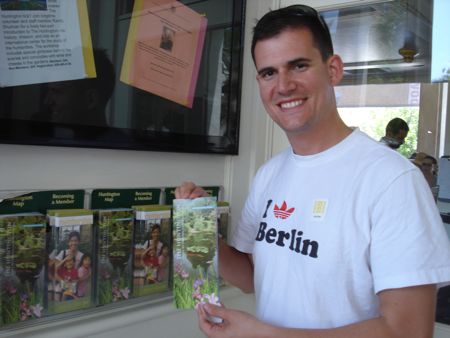
I eagerly select a map at the outset, lest Lorie and I wander aimlessly across the estate like two bereft horticulturists.

Lush presentations await.
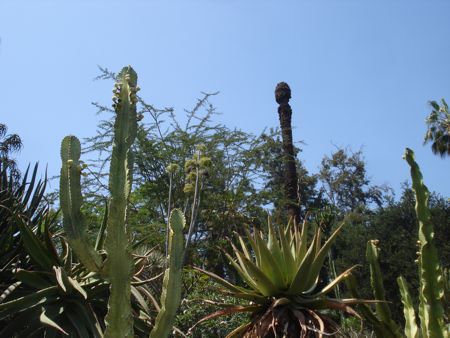
Here we are in the desert garden. It’s replete with cacti and other phallic growths.
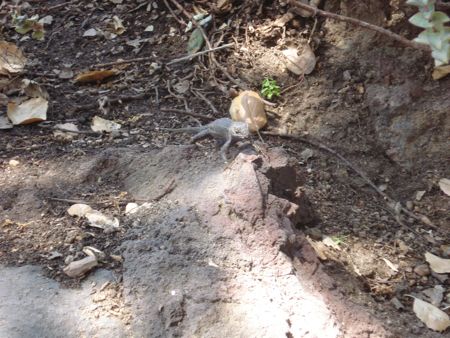
One of many skittish lizards scampering around the trail. They need to relax.

A cactus forest!

Somehow I survived this garden, despite my fears that I would trip and land face first into one of these guys, Homer Simpson style.
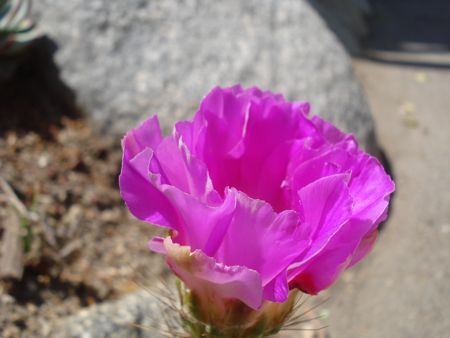
And we have a cactus flower.
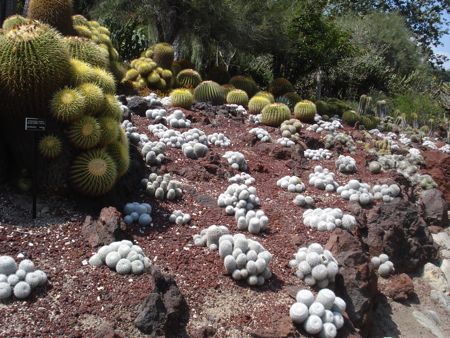
Okay, I’ll admit it. I’m obsessed with cactus photos.
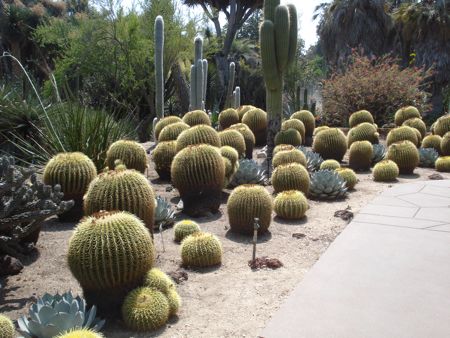
I need help.

Do you like my cacti? They’re very dramatic.

(Note me clutching the map for dear life. We don’t need to relive the Blair Witch Project, okay?)
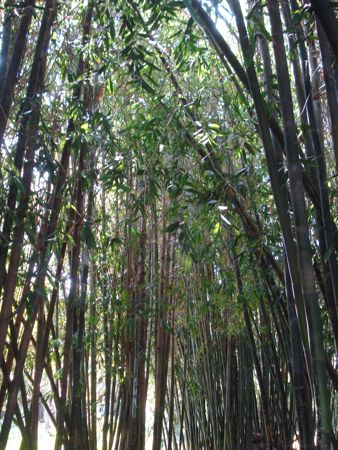
And now I’ve transitioned to bamboo.
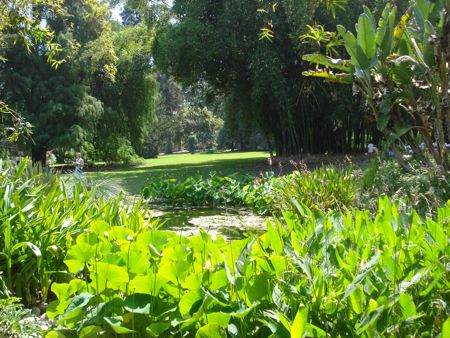
Suddenly we find ourselves at a quaint lily pond.
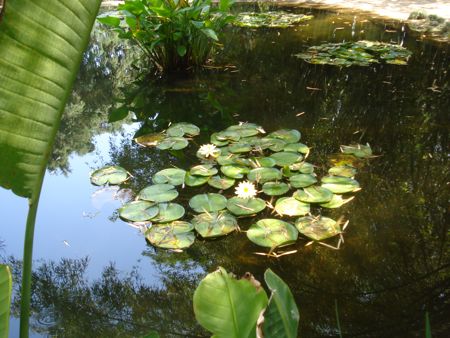
It’s a veritable oasis of tranquility.
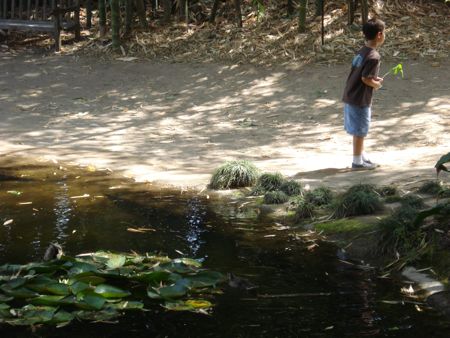
Don’t let appearances fool you: this kid just terrorized an innocent duck. The bird, however, found shelter amidst the lily pads.
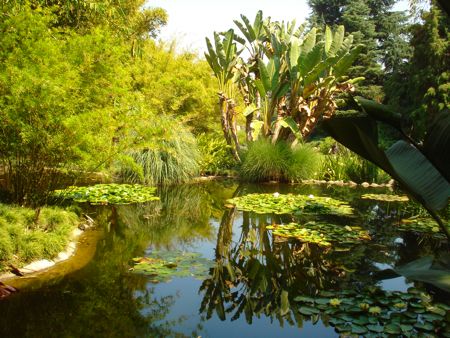
Enchanté.

Here’s Fritz looking for a snack.
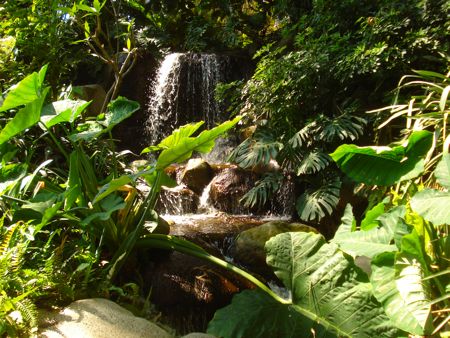
Oh look — it’s the depths of the Amazon.

Just kidding! We’re at the Huntington Library!

Here’s a flower I like to call AMERICA.
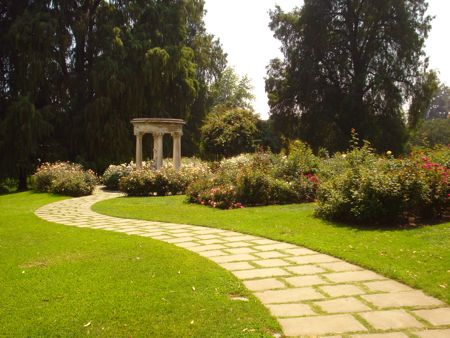
And now we begin our journey through some European gardens.
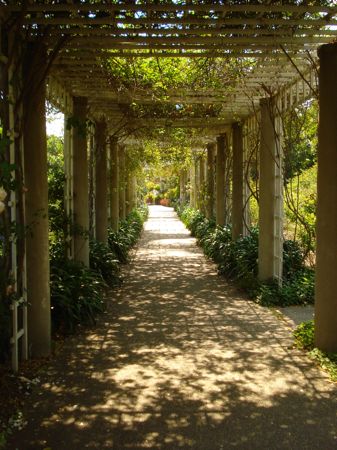
A glorious arboretum.
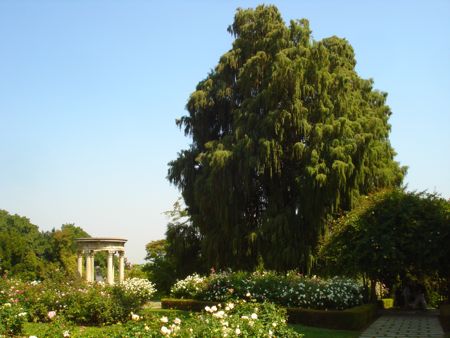
I think now would be a good time to mention how BEAUTIFUL it was out there.
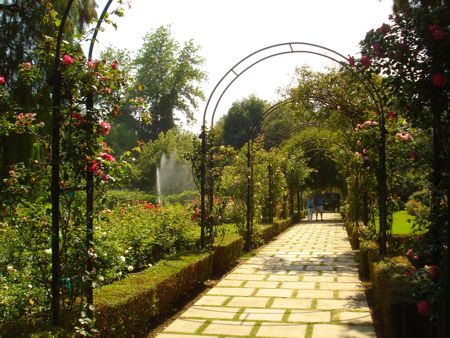
The obligatory rose garden.
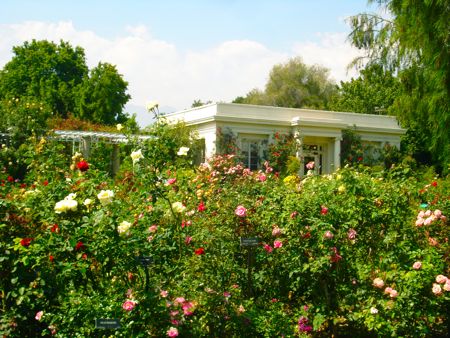
And, of course, roses.
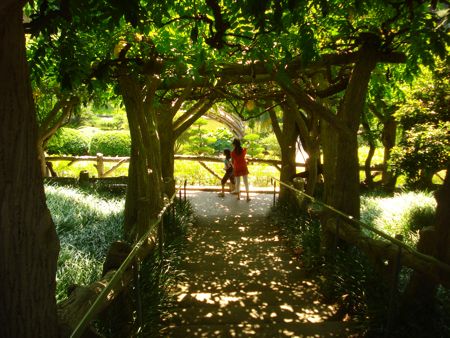
Suddenly we find ourselves entering the Asian gardens. This has certainly become quite the tour of global horticulture.
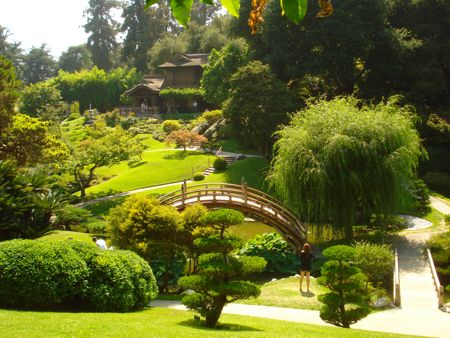
Well isn’t this a lovely Japanese tea garden? I MADE IT MYSELF (ed. note — no I didn’t).

And yes, this is what I look like in a Japanese tea garden.
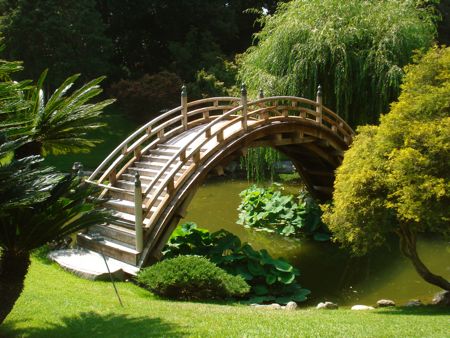
Sadly, we weren’t allowed on the bridge. Biggest tease EVER.

Honestly, this garden was amazing.
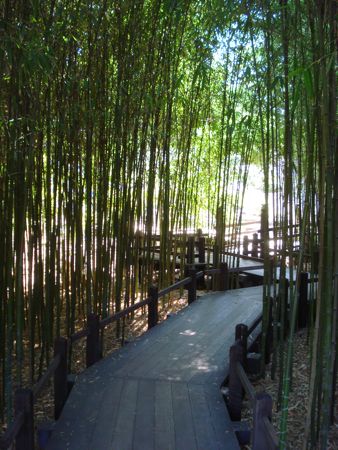
Lorie and I find a hidden path amidst the bamboo. Where will it take us?
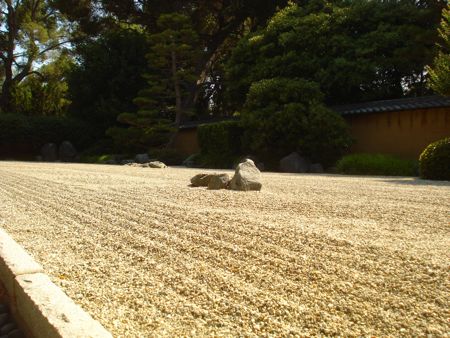
To a Zen Garden! Huzzah!
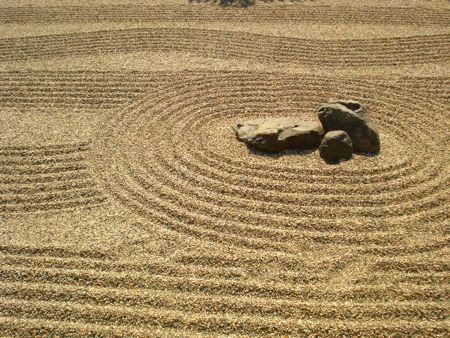
It’s all very, well, Zen. I’m sure my loud yapping ruined it though.
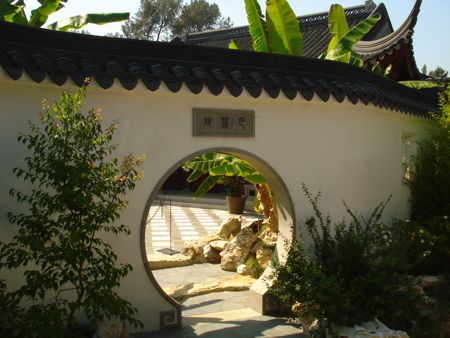
We then came to the Chinese Gardens.
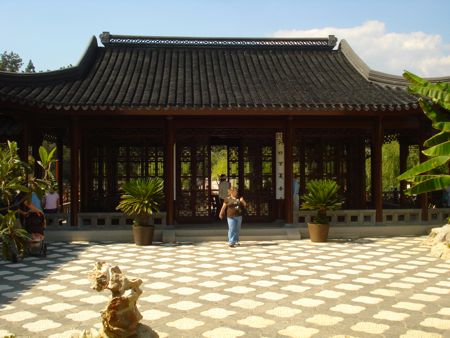
It’s the Tiananmen Square of Pasadena.

I feel like I’ve been transported to the shores of the upper Yangtze.
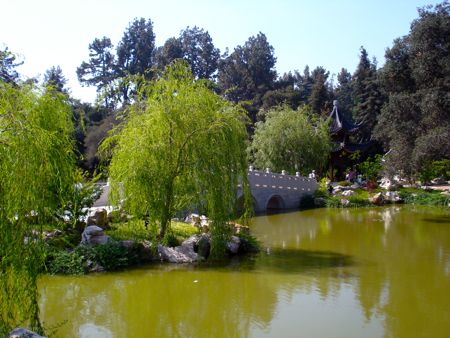
Although it looks strange here, the green water was actually quite beautiful in person.
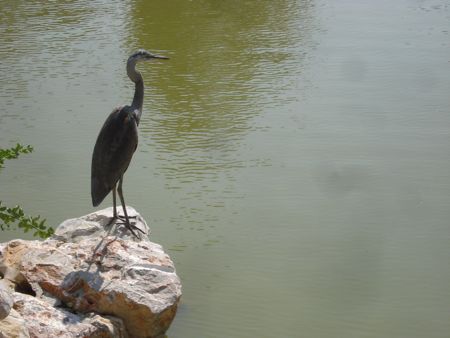
A stork or an egret or something.

Me and my new avian friend.
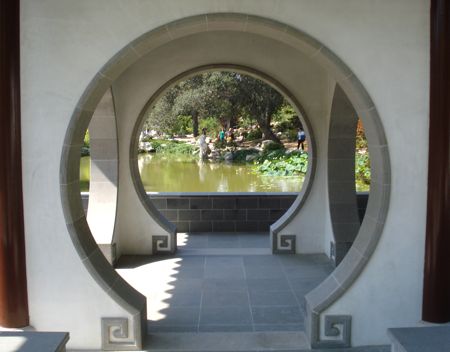
Circles and whatnot.
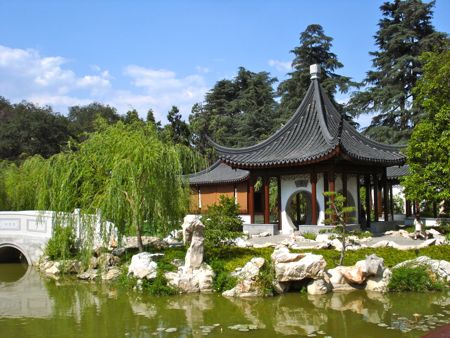
All the buildings and structures have neat, Eastern-influenced names:

There’s the Terrace That Invites the Mountain.
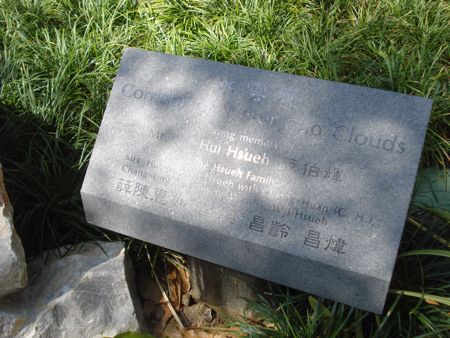
The Corridor of Water and Clouds.
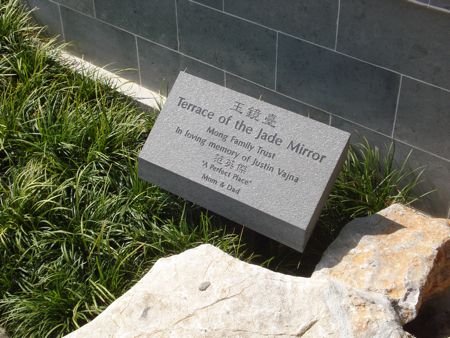
Terrace of the Jade Mirror.
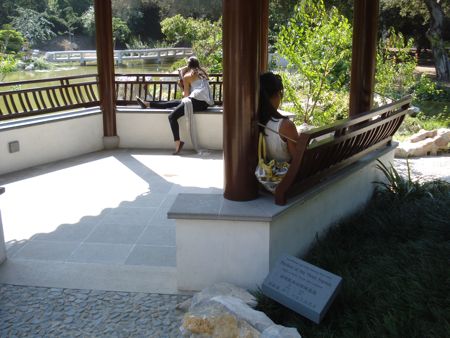
And the Pavilion of the Three Friends.

I felt it odd to take a picture of the Pavilion of Three Friends with only two people in it; so Lorie stepped in and completed the experience (although, genius me, I took the shot from an angle where only two people are visible. Sigh).
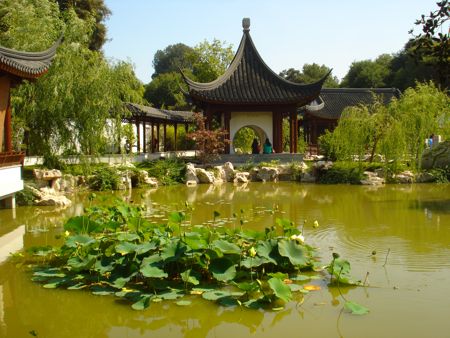
For the record, this pond had my favorite title:
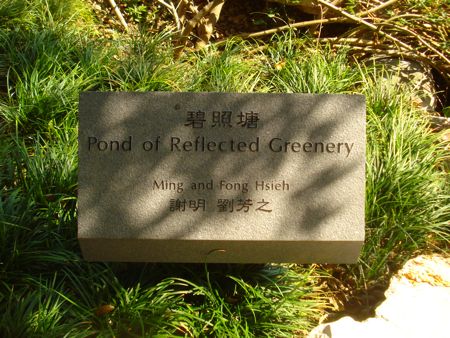
POND OF REFLECTED GREENERY.
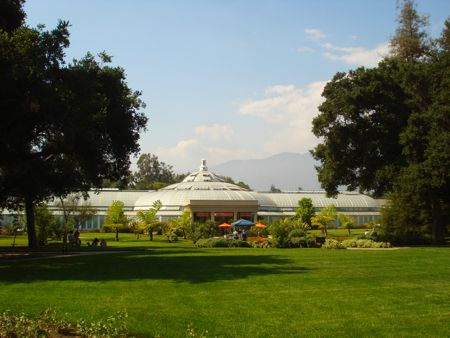
Lo! In the distance! The conservatory!
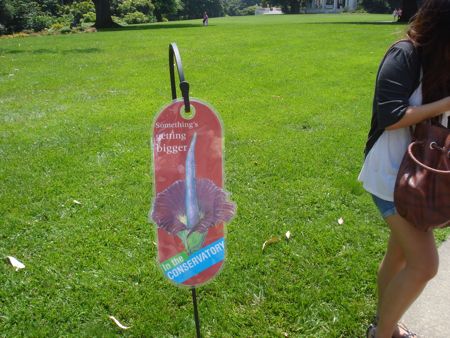
Assorted placards guide us toward the Corpse Flower, or as I like to call it, amorphophallus titanum. That’s right — it’s got “phallus” and “tit” in its name.

An enchanting path to the Corpse Flower awaits.
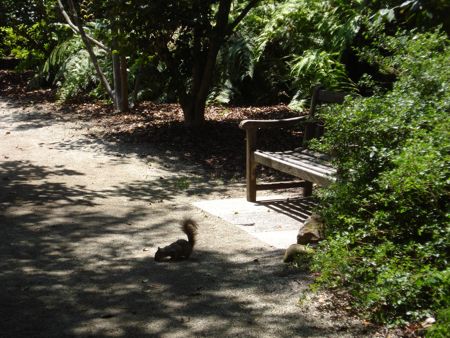
Oh look. A squirrel.
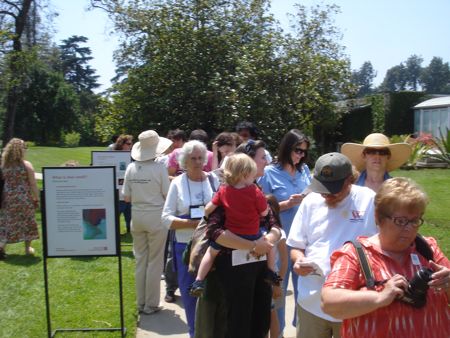
Finally we arrive at the line. It’s pretty much all old ladies. I fit right in.

There I am, bringing up the rear.

Me with a man dressed as a corpse flower. ‘Tis a very sad existence. For both of us.
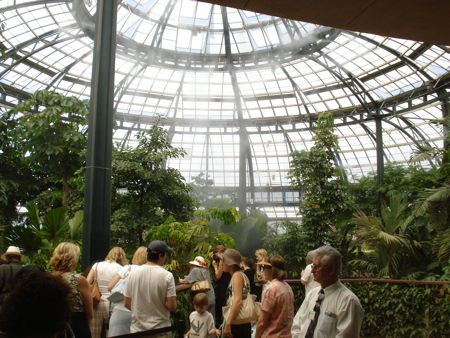
We enter the conservatory. I fight a strange impulse to mutter “WELCOME… to Jurassic Park!”

Seriously, you know there’s a pterodactyl or a velociraptor in here somewhere.

Me getting excited about both seeing AND smelling the plant. I must admit I’m a tad disappointed that the entire facility doesn’t smell like rotting carrion. What the hell sort of corpse flower is this anyway?
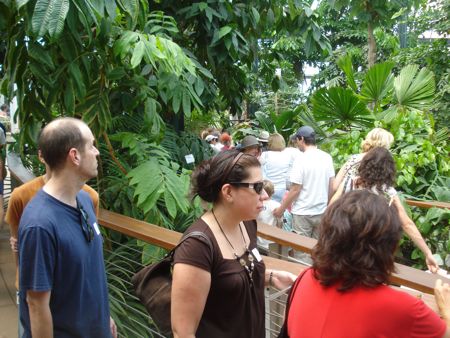
The line continues to trudge forward.
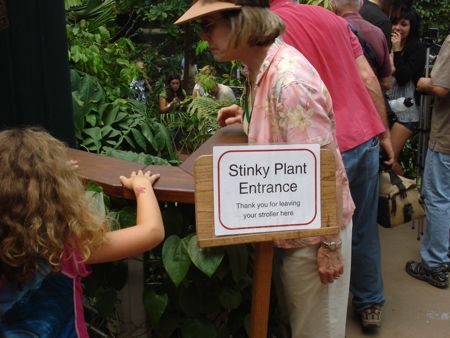
A woman peers over a railing in an effort to spy the plant. Note that she’s wearing a flower shirt in honor of seeing flowers. She’s a very literal woman.

What’s with this “stinky plant” nonsense? I suppose “Corpse” was a bit too intense for the kids. Lame. However, the sign gets bonus points for its passive-aggressive stroller instructions.
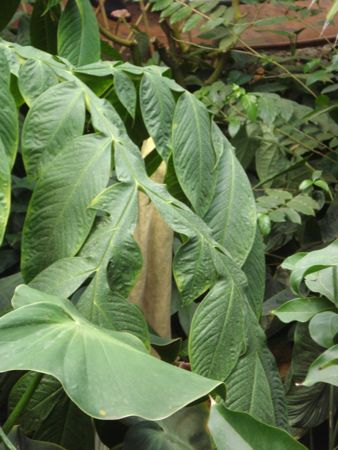
Through the canopy, I see a hint of the corpse flower. Anticipation builds.
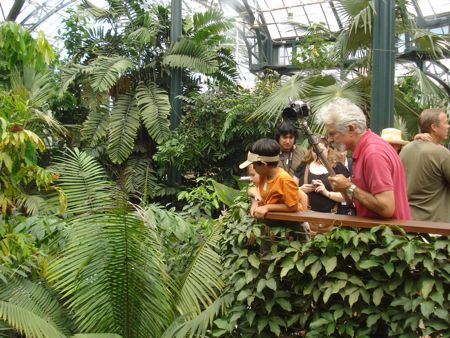
The shutterbugs are out in full force.

Overhead, misting commences. It looks somewhat ominous (not that you can really see it here).
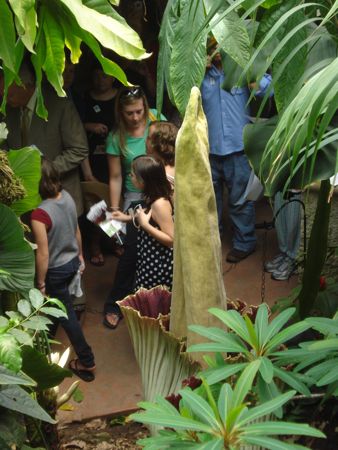
Ah, more corpse action. Apparently, the flower was already beginning to recede. As you can sort of see, the petals had retracted quite a bit.
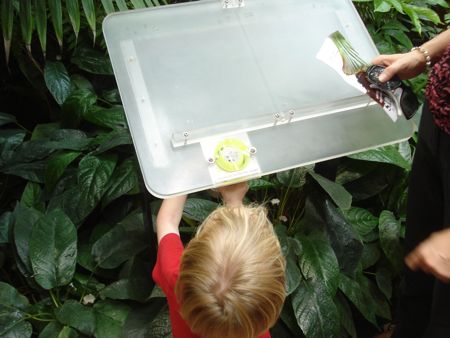
Here’s a little thing that allowed us to sniff the odor of the flower. Unfortunately, this awful child was in the way.
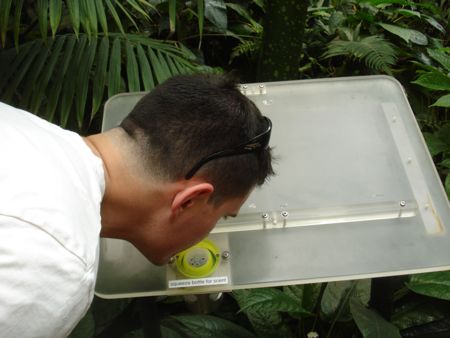
Eventually, the kid’s mom had the brilliant idea of getting him the hell away from me, and so I was able to at last take in the aromas. It smelled like wet dog.
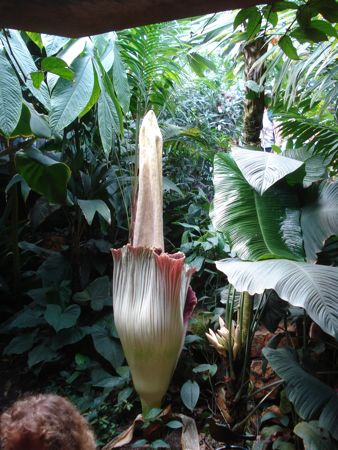
And here we are.
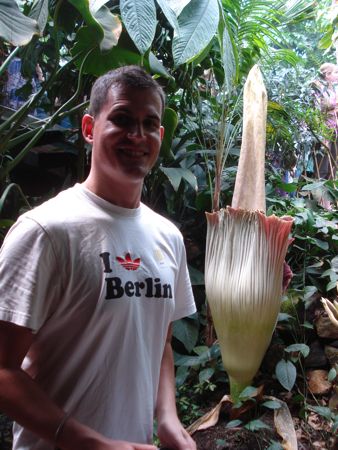
This is the happiest corpse flower moment of my life.
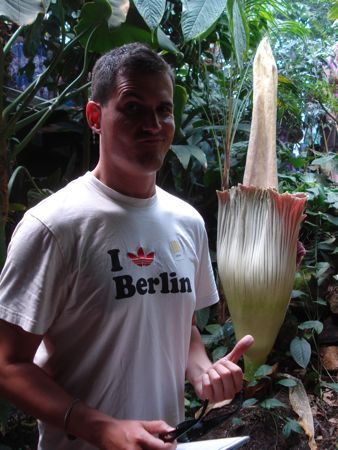
HOWEVER, I did not smell a thing. I don’t know which crazy botanist started up all these LIES about bad odors, but the damn flower totally didn’t live up to the odor hype. Lorie can confirm this.

We decided that due to the lack of odors, “Corpse Flower” was an entirely unsuitable nickname for the plant. We instead renamed it a “Lazy Bloomer.”
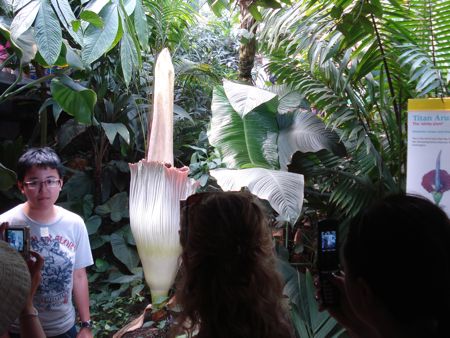
The youth of America, clearly fascinated by the Lazy Bloomer.
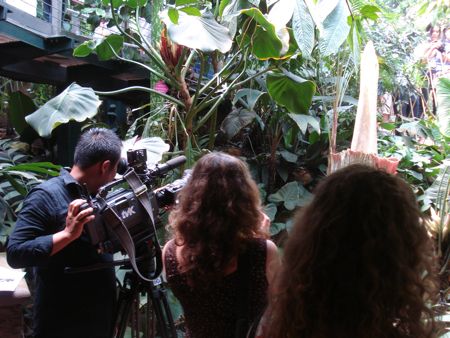
Even international media showed up to check out the plant.
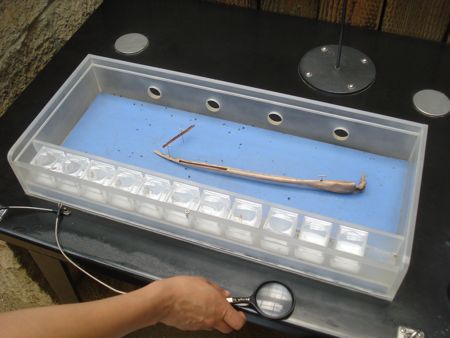
Pretty much the only thing relevant to corpses was this odd display in the “Bog Room,” which challenged users to count how many bug corpses they could find. Fun for all ages!

Behind the conservatory is a children’s garden. Or as I like to call it: HELL.
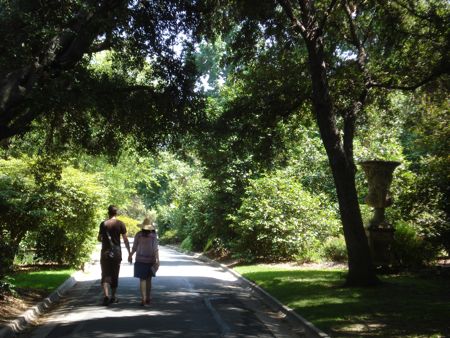
Aww… love.
And that was it. Fun times. Thanks to sisofjash for the inspiration…
I believe they visited the corpse flower on an episode of the Simpsons– With stinkier results!
You got to love the botanist that decided to name this plant “colossal misshapen cock” – using fancy language lets you get away with saying almost everything.
What a lovely diversion for a budding gardener.
(Hah, I said “budding”)
Not only did you get to spend a nice day in beautiful surrounds with good company (duck-abusing monster aside), you discovered the Latin derivation for Spencer Pratt!
“Here we have the Spencer Pratt, genus ‘amorphophallus titanum’, seen in his natural habitat, Don Antonio’s.”
What an impressive botanical garden. I hope you took advantage of the opportunity to get some pointers for future Parsley Chronicles.
Not even a little stinky?
The American flower is glorious.
Not even a little stinky?
The America Flower is glorious.
How disappointing for your olfactory.
The one I saw stank like a Frat House bathroom on a Sunday morning after a kegger.
hb
I love the descriptions of the pictures. You look marvelous amid all that nature!
To me the flower looks more like a hand flippin’ the bird. Great pictures, b-side. Thanks for taking us along.
I was getting apprehensive, too, that in case some would like to see it, that they may not be able to appreciate the bloom anymore as it was showing signs of early wilting. In fact when a faculty member from the Biology department of University of San Carlos (USC), whom I called earlier, visited the site of the corpse flower to document it, it was in the throes of death.
I was anticipating an earlier death of the flower because it was not in its familiar habitat, plus the fact that it was always subjected by the heat of the sun.
I only came to know, from the USC biology teacher that the local name for this particular plant is “pungapung†and that it belongs to the “gabi†(taro?) family. P1010119
TITAN ARUM (CORPSE FLOWER)
(NOTE: This article is intended for undergraduate students in Biology or Botany who may want to know more about the subject or may be interested in seeing the live specimen and how it is evolving. It is also for those who may want to satisfy their curiosity. You may get in touch with the writer at jessievert@yahoo.com.)
Many may have read or heard about this plant, but am sure there are only few who may have actually experienced the awful smell the plant emits when it is in its reproductive stage.
This plant is said to be indigenous to Indonesia and, perhaps, cultured in other places with botanical gardens.
Years ago, I had a plant that I uprooted from our yard and threw it to an empty lot at the back of the house. While I was fascinated with how this plant emerges from the ground looking as one giant, compound leaf, I was more captivated at the way it finally looked, growing with a soft stalk that is colored with splotches in shades of green and cream and the leaves opening up and spreading like a giant, lazy umbrella with so many leaflets.
Still I decided to do away with it as I didn’t want it growing everywhere.
It was, indeed, a unique plant, as it was intriguing. Why it grew in our yard, to this day, remains a mystery.
I have never seen the likes of it until I went to Manado, Indonesia in the late 90s and there I was reminded of the plant I threw away. It was growing there abundantly.
I did not inquire, so I never came to know the name of the plant. Besides, it was immaterial then to me as I thought I would never see this kind of plant again.
Many months after, when I thought that the plant would just biodegrade, to my surprise the same plant was growing again at the empty lot where I threw it.
Since then we had been seeing a new plant grow to maturity, turns yellow and dies. But what actually happens is that the plant goes through a period of rest or dormancy. During this time it exists only as the underground corm (tuber) for a period of 3-4 months before the vegetative process stars all over again.
It continues a vegetative cycle until the tuber builds up enough energy to produce an inflorescence, the flowering part of a plant or arrangement of flowers on a stalk It usually takes about five to seven years for this to happen.
And so what happened next was, unexpectedly, a memorable experience to me and my family.
It was only a few days ago that I learned that, sometimes, in the life cycle of this plant a flower can bloom. And I found it out in the most unwelcome and nauseating manner.
I would love to have a green room. I am a first time mother and I have an eight month old. I work at Narconon drug rehab five days a week and can’t seem to find the time to spend in a garden or green room. I feel like I can’t even find enough time to spend with my son much less an extracurricular activity. Does anyone have any pointers as to how I can manage all the above better?
That was a really good post… thanks a lot for sharing…
fully sick
i always used to send flowes on my ex-GF but now i seldom do so-*~
Hi! Loved the article. 😀
To be fair to the flower, it only puts out its stink when it is beginning its full blooming glory, to attract the bugs that will help pollinate it. Once it’s expired and starts to recede, it’s not pollinating anymore, so it doesn’t need to attract the lil’ bugs, and it stops stinking.
sending flowers to love ones is of course necessary that is why i always choose the best flowers to send ,
I wanted to compose a brief note so as to express gratitude to you for those magnificent tactics you are giving out on this website.
I would like to appreciation for the work you have made in writing this post. It has been an encouragement to me. I have passed this to a friend of mine. thankyou